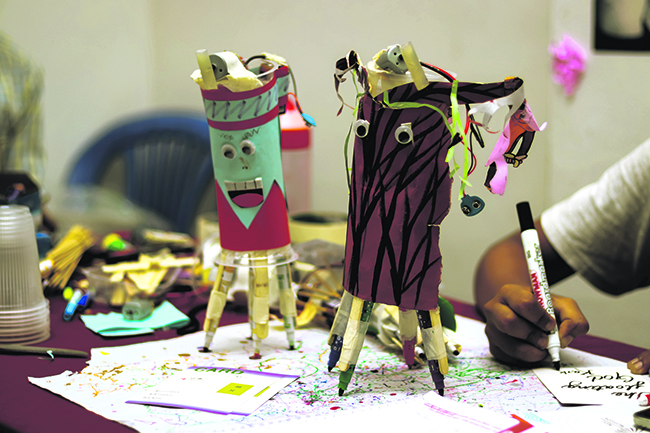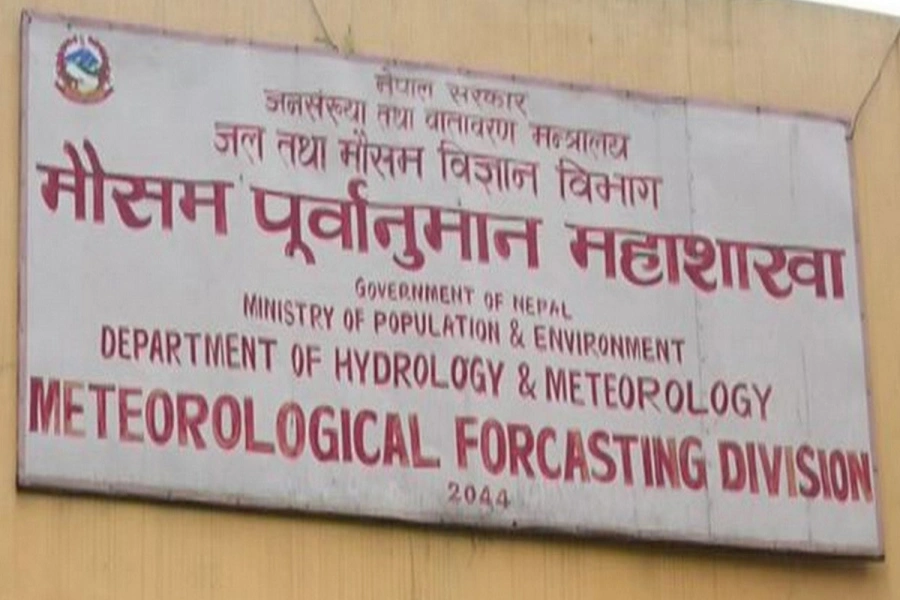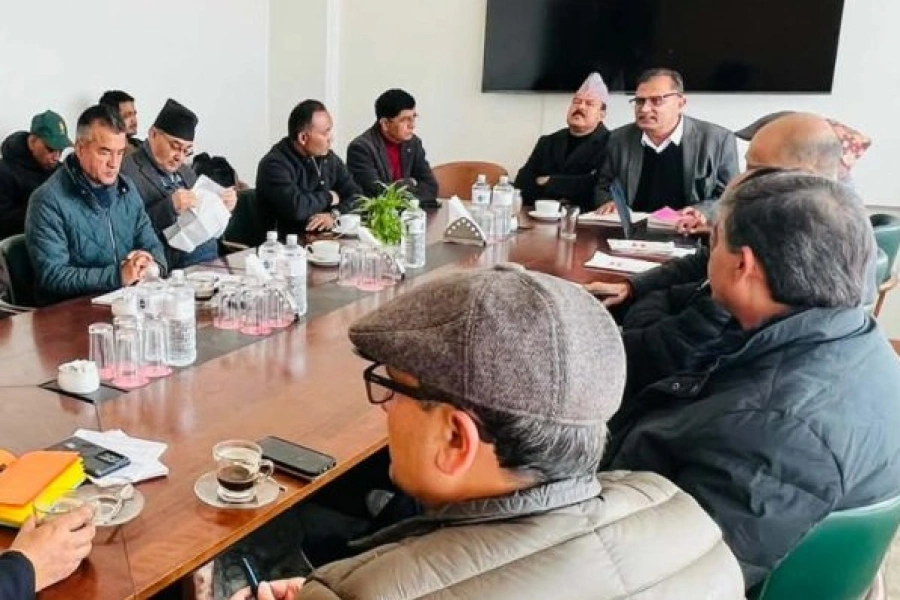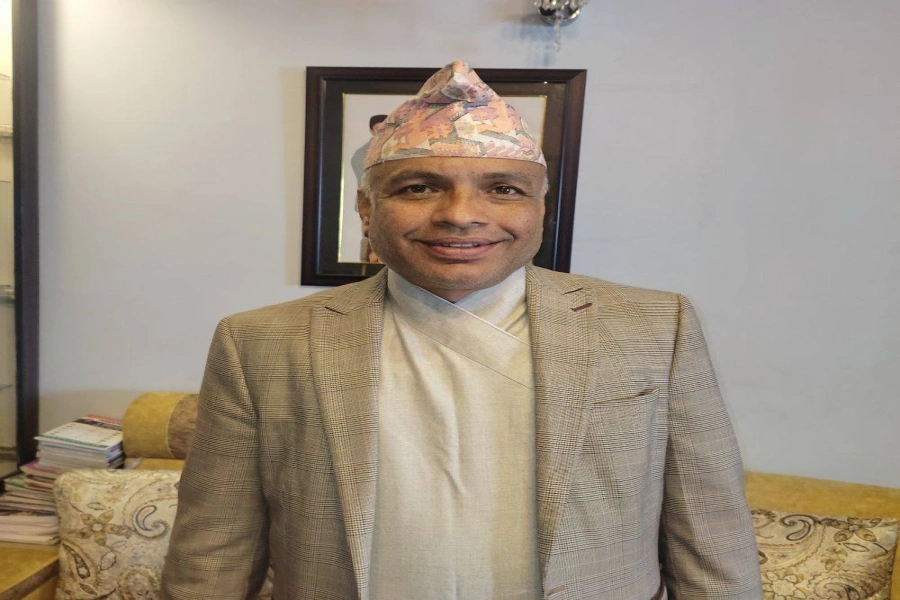Idea of the Book Bus was fascinating to five-year-old Pranav Pokhrael. His curiosity and excitement led him to occupy a seat opposite the Book Bus and read the ‘Alladin and the Wonderful Lamp’. He had come with his father to the ‘Innovation in Education Fair 2017’.
While his father was indoors, attending the panel discussion on ‘STEAM’ing Ahead: Educational Possibilities for Your Child’, Pranav had fancied the Alladin tale. For an approximate half an hour, Pranav read loudly to himself, uttering broken sentences and taking unnatural pauses. He ultimately let go of the book when his father fetched for him. Pranav then quietly followed his father to the Creative Corner, which put more interesting works of art on display.
The second edition of the Innovation in Education Fair 2017 was organized by the Book Bus of the US Embassy at Nepal Art Council, Babarmahal. The four-day fair concluded on Sunday. It was an informative platform for students, parents and educational professionals to acquire innovative educational techniques.

The fair was organized by the Book Bus, which is an ongoing project under the US Embassy in Nepal. Book Bus provides a space for children as well as adults to come and learn. Collaborating in the fair were Alumni Engagement Innovation Fund, Quixote’s Cove, Srijanalaya, Karkhana, Wildlife Conservation Nepal and Canopy Nepal.
Unlearning how children learn

With four aspects to the education fair: workshops, interactive exhibits, presentations and panel discussions, the main aim of the event was to provide students, educators and parents a better understanding on holistic schooling.
To a recent A-level graduate from Bridgewater International Academy, Swastika Pradhan, panel discussions were the most informative. “I attended a panel discussion on Localizing Syllabus. I learnt how localizing education can ultimately help youth rebuild their locality. After all, education would be relevant and effective when kids are taught specialized curriculum that focuses extensively on understanding the locally available resources.”
Similarly, other informative discussions were on the topic of classroom innovation, inclusive education and STEAM (Science, Technology, Education, Arts and Mathematics) opportunities for children.
Rashmi Pokhrel, a primary-level teacher at KMC School and attendee of the fair on Sunday, lauded the performances conducted at the end of the fair as research-oriented and thought-provoking. “After the day-long workshop, it was refreshing to watch the Tharu folk story and the poetry performance,” said Rashmi.

She further mentioned that teachers never really got to experience such innovative training programs unless it is ingrained in the system.
“The fair was about experiencing a new way of teaching that could possibly create more engaging as well as meaningful environment in schools and classrooms,” said Sharereh Bajracharya, director of the fair. “We had stalls and workshops for the integration of different disciplines into mainstream schooling. Presentation and panel discussions were organized and became a space where teachers, students and parents got to discuss what innovation truly means to them.”
“At the end of the day, we want attendees to carry home what they learn,” said Sharereh.
Highlight of the fair for Sharereh was the fact that attendees, especially teachers, left with a better understanding on the importance of holistic schooling. “They were making connections and appreciating arts as a means for overall development. For example, we had a teacher who had not really understood the images put in display in the Dalit exhibit. He later sat through a workshop organized by Nepal Picture Library, where he understood better to think more critically about the images and the world in general.”
Yukta Bajracharya, media spokesperson for the fair, pressed on the importance of coming together as a team when it comes to addressing the issues facing the national education system. “One individual organization cannot possibly bring drastic change in the education system. In this fair, we brought together different organizations that work for innovation in education. These organizations can now connect with each other, parents, teachers, and even the school administration to bring forth a change.”
Evidently, every participating organization introduced possibilities to better the mainstream education system, through visual arts, poetry, music, and computer science.





































